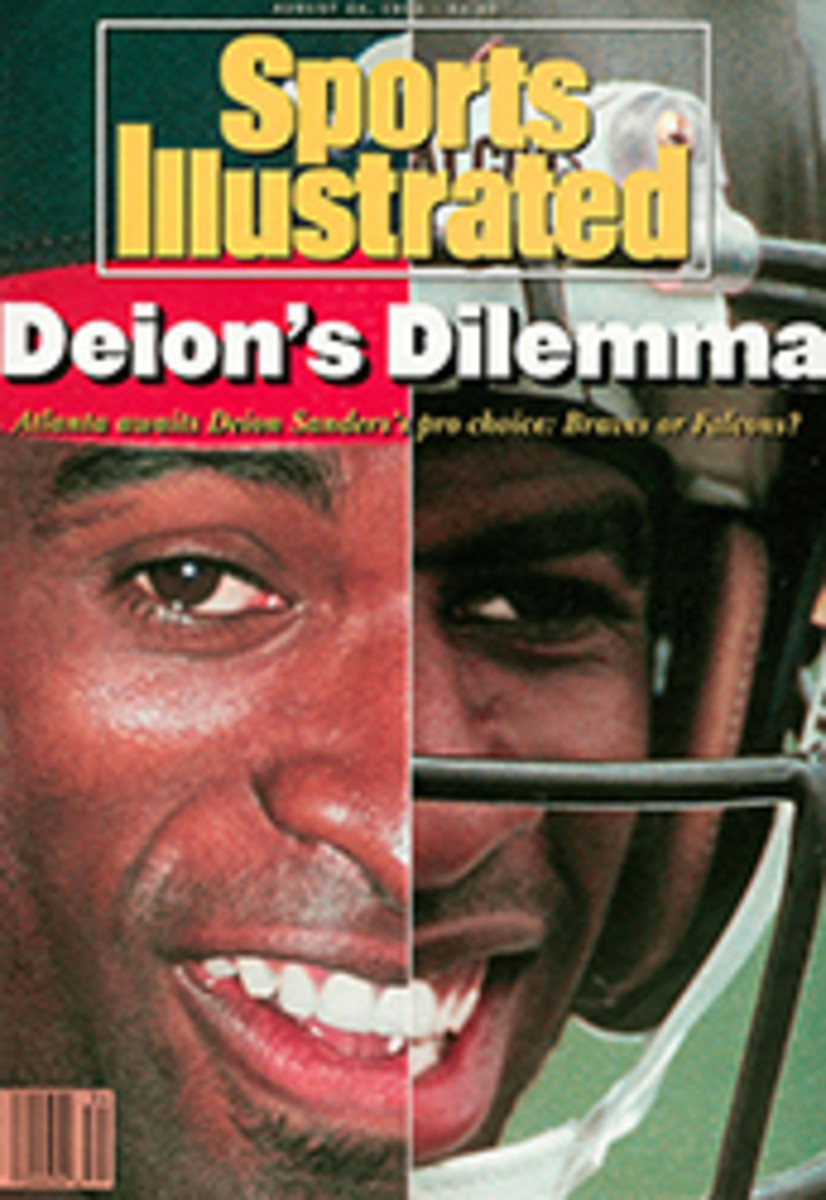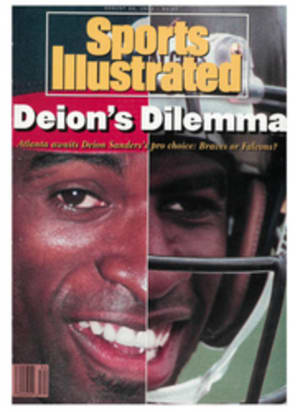
Another House That Ruth Built
In 1894 Pius Schamberger, a Baltimore upholsterer, rented one of the snug brick row houses that lined Emory Street in Baltimore. This bustling, blue-collar neighborhood was not far from the harbor nor from the apartment Schamberger's daughter, Katie, shared with her saloonkeeper husband, George Ruth. As was a custom in that time, when Katie was more than eight months pregnant with her first child, she stayed at her father's house. There, in a second-floor room on Feb. 6, 1895, with the assistance of midwife Minnie Graf, Katie gave birth to a son. He was called George Ruth Jr. and dubbed, inevitably, Little George by the family. But he made himself famous by another name: Babe.
Today, there are many museums across the U.S.—honoring such diverse American products as Liberace, Dizzy Dean and cheese—so it should come as no surprise that Pius Schamberger's old digs have been transformed into the Babe Ruth Museum. It was founded in 1974 at 216 Emory St. after the building was saved from demolition by a Baltimore citizens group. The museum expanded into three adjoining row houses, which were renovated and combined in 1983. Still, it remains a fairly intimate place. The entry-way and portions of the first floor are devoted to temporary exhibitions. Through Oct. 31, for instance, there is a large display honoring Baltimore Oriole shortstop Cal Ripken Jr.
Also on the first floor is a small theater with bleacher-style seats where a short documentary film of Ruth's life, narrated by Mike Wallace, is shown periodically throughout the day. When the documentary isn't running, the theater's visitors can inspect displays, set beneath the screen, that celebrate Ruth's greatest accomplishments: the 60 homers he hit in 1927; the 714 career total; the "called shot" in the 1932 World Series; the then-record 29⅖ consecutive shutout World Series innings he pitched in 1916 and 1918 as a member of the Boston Red Sox; and the home run he hit in 1926 that supposedly saved the life of Johnny Sylvester, a little boy in a hospital.
The museum also honors Maryland baseball in general, and the remainder of the first floor exhibition area is devoted to famous natives, including Hall of Famers Lefty Grove, Jimmie Foxx, Home Run Baker and Al Kaline. Particularly noteworthy is the display on Jack Dunn, the slender, profane man who owned the Orioles from 1907 to '28. Dunn, a popular fellow and a shrewd judge of talent, gave Ruth his first job in baseball, for $25 a week in 1914. The generous sum led other Oriole players to refer to Ruth as "Jack's baby," which was later shortened to Babe.
Upstairs, the austere room where the Bambino was born has been restored to look as it did at the turn of the century. In an adjacent chamber there's a button you can push to hear the 1923 radio broadcast of Ruth hitting the first home run in Yankee Stadium. A nearby display case holds the uniform Ruth wore as a student at St. Mary's Industrial School, where the seven-year-old Babe was dispatched to cure his incorrigible loutishness. Also on view are Ruth's manhole-sized camel-hair cap, a kimono he bought in Japan, a Babe Ruth's Home Run chocolate-bar wrapper, a St. Mary's hymnal and a wonderful selection of photographs of Ruth with his wife, Claire, and of the Babe posing in various outfits. In a tuxedo he looks like an earl; in a business suit alongside Joe DiMaggio he looks like a hoodlum.
With the opening of the Orioles' new ballpark at Camden Yards, only a few blocks away, the city of Baltimore has noted increased interest in the museum and is sponsoring a campaign to raise money for an annex to house the Maryland displays. The four row houses will then be devoted to Ruth, which is as it should be. If anybody deserves four houses all to himself, it is Babe Ruth, the biggest cheese baseball has ever known.
The museum is open April to October, from 10 a.m. to 5 p.m., and until 7 p.m. before Oriole night games. November to March it closes at 4 p.m. Admission is $4 for adults, $1.50 for children under 16. For information call (410) 727-1539.
PHOTO
JERRY WACHTER
The museum has assembled a collection of baseball artifacts that is positively Ruthian.

